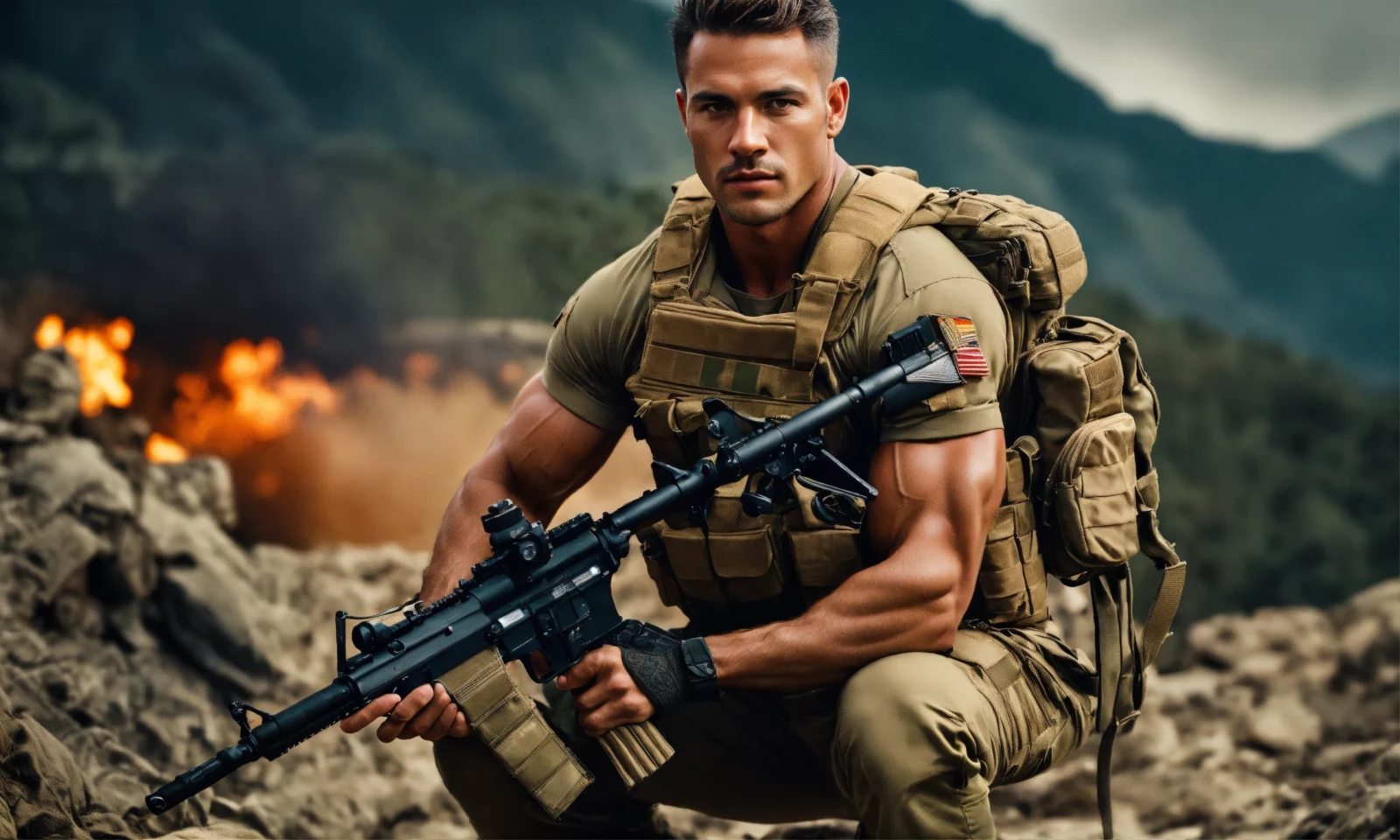Physical fitness plays a pivotal role in tactical training, forming the cornerstone of preparedness and effectiveness in high-stakes situations. This article explores the crucial importance of physical fitness in tactical training, delineating its impact, key components, training methodologies, and the symbiotic relationship between fitness and operational effectiveness.
Physical fitness stands as a cornerstone in the realm of tactical training, playing a pivotal role in preparing individuals for the demanding challenges of various tactical professions. Whether in law enforcement, military service, or emergency response teams, the significance of maintaining optimal physical fitness cannot be overstated. It serves as a linchpin for success, resilience, and overall effectiveness in these high-stakes environments.

Understanding the Vital Role of Physical Fitness in Tactical Training
The realm of tactical training demands a comprehensive blend of mental prowess and physical strength. It is a domain where physical fitness serves as a crucial foundation, influencing the efficiency and success of individuals engaged in professions such as law enforcement, military service, emergency response, and security operations. Recognizing the pivotal connection between physical fitness and tactical training is fundamental, impacting not only individual performance but also the overall achievement of missions and the safety of personnel.
- Enhanced Performance: Optimal physical fitness boosts overall performance in tactical scenarios, enabling quicker reactions, improved endurance, and agility.
- Reduced Risk of Injuries: Fitness decreases susceptibility to injuries during physically demanding operations, ensuring personnel remain capable and active.
- Mental Preparedness: Physical fitness contributes to mental resilience, aiding in stress management, decision-making, and maintaining composure during high-pressure situations.
- Team Cohesion: Fitness training fosters camaraderie and teamwork among tactical units, promoting a sense of unity and mutual support.
Key Components of Physical Fitness in Tactical Training
Physical fitness in tactical training encompasses several crucial components essential for optimal performance and readiness in high-stakes environments. Understanding these key elements is fundamental for individuals engaged in professions such as law enforcement, military service, emergency response, and security operations. The key components of physical fitness in tactical training include:

- Cardiovascular Endurance: Vital for prolonged activities, cardiovascular fitness ensures sustained performance during extended operations, reducing fatigue.
- Strength and Power: Essential for tasks requiring forceful movements or lifting, strength training enhances capability in handling heavy equipment or aiding team members.
- Agility and Flexibility: Agility training improves maneuverability, enabling rapid responses and evasive actions. Flexibility reduces the risk of musculoskeletal injuries.
- Speed and Reaction Time: Training to improve speed and reaction time enhances responsiveness, crucial in swiftly adapting to changing tactical situations.
Incorporating a holistic approach to physical fitness that addresses these key components is crucial for individuals undergoing tactical training. A well-rounded fitness regimen encompassing endurance, strength, agility, speed, coordination, mental toughness, and functional fitness enhances readiness and ensures optimal performance in challenging and demanding situations encountered in tactical professions.
Training Methodologies in Tactical Fitness Programs
Tactical fitness programs employ various methodologies designed to enhance the physical capabilities and readiness of individuals in professions such as law enforcement, military service, emergency response, and security operations. These programs utilize specific training approaches tailored to the unique demands of tactical environments. Several key methodologies commonly incorporated in tactical fitness programs include:
- Functional Fitness: Emphasizes movements relevant to tactical operations, mimicking real-world scenarios for practical application.
- High-Intensity Interval Training (HIIT): Alternating between intense bursts of exercise and brief recovery periods, HIIT improves cardiovascular fitness and endurance.
- Tactical Conditioning Drills: Specific drills designed to simulate tactical scenarios, integrating fitness training with tactical skills, enhancing overall readiness.
- Cross-Training: Incorporates a variety of exercises and activities to develop overall fitness, preventing monotony and targeting different muscle groups.
Conclusion
Physical fitness is the linchpin of effectiveness in tactical training. Its multifaceted benefits in enhancing performance, reducing risks, fostering team cohesion, and fortifying mental resilience highlight its indispensable role. By emphasizing various components of fitness, incorporating tailored training methodologies, and recognizing the symbiotic relationship between fitness and operational effectiveness, tactical training programs can ensure personnel are equipped to face the rigors of demanding situations. Prioritizing physical fitness lays the groundwork for excellence in tactical operations, ensuring personnel are primed to navigate complexities and excel in the face of adversity.






